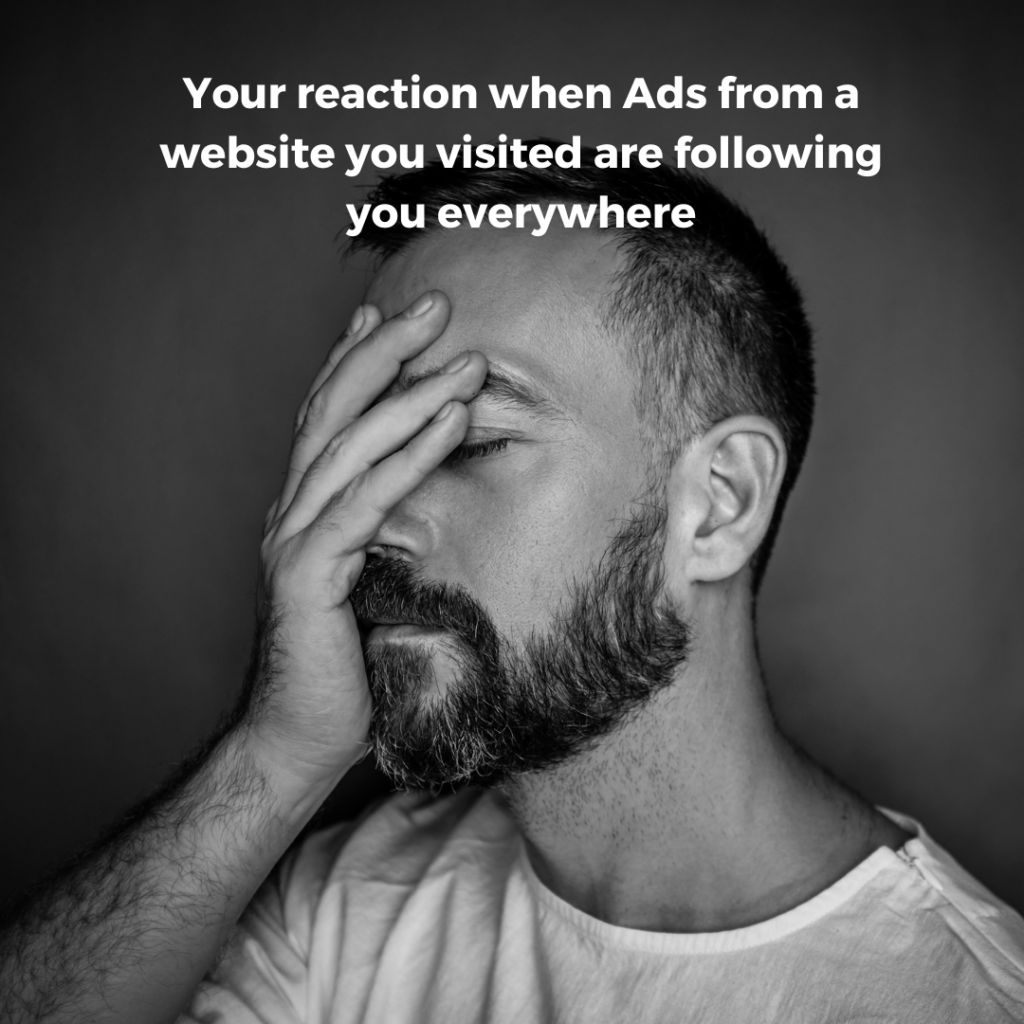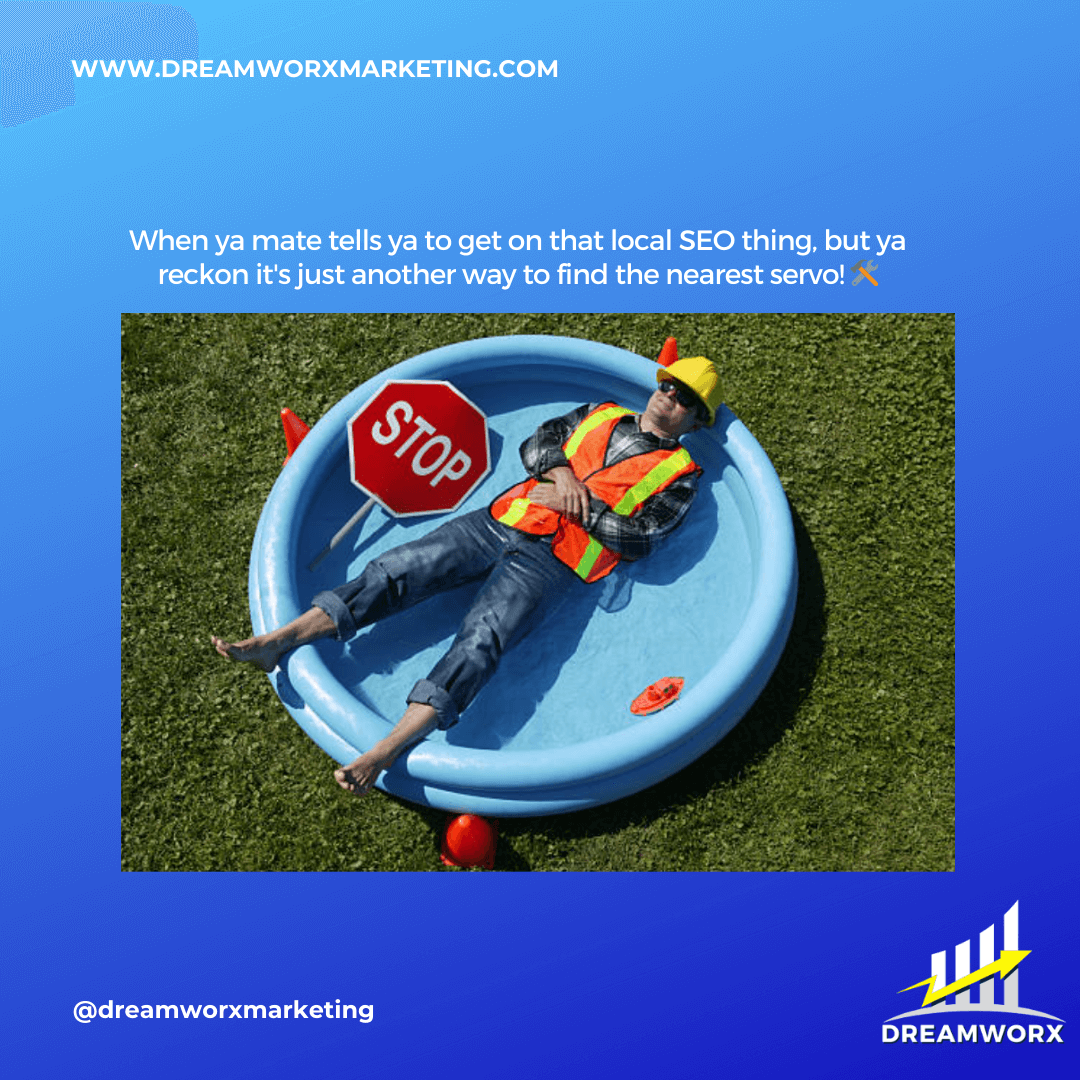Unlock the Mystery of Online Retargeting: How Ads Follow You Across the Web
Have you ever visited a website or an e-commerce app, only to find that ads for that same website start popping up on every other site you visit? It can be a bit unnerving, but it’s not magic – it’s called Retargeting, and it’s a powerful tool that many online businesses use to keep their brand top of mind for potential customers.
Yup! It’s a “digital marketing strategy” that is adopted by online businesses to keep showing their ads to people wherever they go on the web so that sooner or later they would come back to their website and make a purchase.
But how does it work?
How do these ads follow you across the web, and what makes them so effective?
In this post, we’ll unlock the mystery of online retargeting and show you how it all works.
So, buckle up, and get ready to take a deep dive into the world of online advertising!
For my non-advertisers who are here just to understand what kind of data is tracked by online businesses, whether your privacy is maintained or not, I will share details of exactly what you need to be aware of next time when you go window shopping on the web.
I will also share unique ways of browsing the internet without having to worry about these ads lingering you everywhere you go after you’ve visited a particular site.
Let’s get started.

What is Retargeting?
Retargeting, also known as remarketing, is a digital advertising technique or strategy that targets people who have previously visited a website with ads related to that website as they browse the web.
It works by placing a piece of code, known as a pixel, on a website that tracks visitors’ behaviours and collects data on what pages they visit, how long they stay on the site or any of its pages, and what actions they take.
This data is then used to create custom audiences of people who have expressed interest in a service or product, and retargeting ads are shown to these audiences as they browse the web.
Retargeting is a powerful way to increase brand awareness and conversion rates by keeping your company top of mind for potential customers and encouraging them to take action.
With retargeting, you can show highly relevant ads to people who have already shown interest in your services, making it a cost-effective and efficient way to drive results.
How does Retargeting work?
Retargeting works by installing a small piece of code called a Retargeting Pixel on a website.
When a visitor comes to the site, the pixel drops a “cookie” in their browser. This cookie allows the advertiser to track the visitor as they browse the web and show them ads related to the website they previously visited.
Imagine for it to work like a matrix. The website you are visiting already has that pixel installed. Now when you landed on the site, it dropped a cookie in your browser and captured your information. Ever got to taste that cookie? Probably not! But it’s the advertiser who is sitting on the other side of the website enjoying the warm choco chip cookie as you open different pages of the website, storing your data to make use of it in the ads later. Sneaky, isn’t it?
Now by data storage, it doesn’t mean it knows your name or your house address! Please don’t freak out, it doesn’t! YET!
Book a 30-minute FREE consultation to discuss this in detail and learn how I can help you boost your advertising ROI through retargeting ads.
Select a Date & Time – Speak with Swarn from Dreamworx Marketing

What is the Pixel really doing?
Once the retargeting pixel is installed on your business website, it can start capturing data about your website visitors. This data can include information such as the pages they visited, how long they spent on your site or any particular page of your site, and the actions they took.
The pixel captures this data in the form of various metrics and an skilled advertiser knows how to use these metrics in the ads later.
Using the data captured by the retargeting pixel, an advertiser can show ads to its’s visitors that are related to the pages they visited on their website. This allows the advertiser to target these visitors with highly relevant ads, increasing the likelihood that they will convert.
Retargeting also allows you to continue engaging with visitors after they leave your website. By showing them ads related to your website as they browse the web, this way you can keep your brand name top of their minds and increase the chances of them coming back to your site.
Data stored by the pixel
The pixel stores a variety of data about website visitors, such as:
1. Page views: This metric tracks which page on the website the visitor viewed, allowing advertisers and business owners to gain insight into which products or services the visitor is most interested in. If a particular page of your website is getting the most page views it could mean,
- Either that page is ranked high on Google and is letting your target customers find you online.
- Or your target customers are most interested in that service or product of yours.
2. Time on site: This metric measures how long the visitor stayed on the website, which can indicate how engaged they were with the content.
If a visitor is spending good time on a page of your site, It probably means they are interested in the content that this page includes.
3. Conversion events: This metric tracks when a visitor takes a specific action on the website, such as making a purchase or filling out a form.
4. Referral source: This metric shows where the visitor came from before arriving on the website, whether it was from a search engine, Facebook, Instagram, LinkedIn, or another website.
5. Demographic information: The pixel may be able to collect demographic data such as age, gender, and location of the visitor. By location, it usually only tracks your region. For example, Melbourne East or maybe only the name of your suburb.
6. Device and browser information: This metric captures information about the visitor’s device and browser, such as the type of device they used to access the site, which can be useful for optimising ads for specific devices.
Collectively, these metrics provide valuable insights into visitor behaviours and preferences, allowing business owners to create more targeted and effective retargeting campaigns.

Benefits of Retargeting: Increased Conversion Rates and ROI
The biggest advantage of Retargeting as a powerful advertising strategy for business owners is the higher conversion rates generated through such ads. Here are some of the main benefits of retargeting:
- Increased Conversion Rates: By displaying ads to people who are already familiar with your brand by showing an interest in the past, you can keep your business top-of-mind and encourage them to take action.
- Improved ROI: Because you are targeting people who have already shown interest in your brand, your retargeting ads may be more cost-effective than other forms of advertising.
- Enhanced Brand Awareness: Even if people don’t click on your retargeting ads, the repeated exposure to your brand can help build familiarity and trust.
- Better Ad Engagement: Retargeting ads can be more engaging than other types of ads because they are personalized to people who have already interacted with your brand. This can lead to higher click-through rates, more time spent on your website, and ultimately, more conversions.
- Improved Customer Lifetime Value: By staying top-of-mind, you can encourage repeat purchases and build long-term relationships with your customers.
If you need help with the setup and management of retargeting pixel for your business website, please send me an email here- hello@dreamworxmarketing.com
Segment Your Audience Based on Behavior and Interest
Now that you know retargeting can offer improved ad performance, I would like to share with you the procedure you can follow to segment data captured by the pixel to create custom audiences based on interest and behaviour and use them for the ads.
- Star by logging in to your advertising account on the platform where you installed your retargeting pixel (e.g. Facebook Ads Manager, Google Ads, or LinkedIn Ads).
- Navigate to the audience creation section in the platform and select the option to create a custom audience.
- Choose the option to create a custom audience based on website traffic.
- Select the pixel that you have installed on your website and choose the timeframe for which you want to capture data. It could be 30 days, 90 days etc.
- Choose the specific behaviours or interest that you want to target within that data (e.g., people who have visited a specific product page on your website, people who have added items to their cart but haven’t checked out, people who have spent a certain amount of time on your website, etc.). You will see many options to select from.
- Create your custom audience and save it for use in future retargeting campaigns. Be sure to name these audiences properly so that you know later which audience can be used during retargeting.
By segmenting data captured by the pixel and creating custom audiences based on interest and behaviors, you can ensure that your retargeting campaigns are highly targeted and effective in reaching the right people at the right time.
This is usually top of the funnel of a marketing campaign. Don’t know much about marketing funnel creation? Get in touch with me and get a custom marketing funnel prepared specially for your brand.
Steps to install a retargeting pixel for Facebook ads
- Log in to your Facebook or Meta Business settings and navigate to “Data Sources” from the left-hand side menu.
- Click on “Pixels” and then select the blue “Add” button present on the right side of the dashboard.
- Enter a name for your pixel and enter your website URL.
- Choose “Manually Install Pixel Code Yourself” as the installation method.
- Copy the Pixel code that appears on the screen.
- Paste the Pixel code into the header section of your website’s code, just above the closing </head> tag.
- Save and publish your website’s updated code.
Verify that the Facebook Pixel is working by installing the Facebook Pixel Helper Chrome extension and navigating to your website. The extension will show you whether the Pixel is installed and collecting data
Steps to install a retargeting pixel for Google ads
- Sign-in to your Google Ads account and click on the “Tools & Settings” icon in the top right corner.
- Select “Audience Manager” from the drop-down menu.
- Click on “Audience sources” and select “Website traffic”.
- Click on the “Set up tag” button to generate the retargeting pixel code.
- Choose which type of website traffic you want to track with the pixel. You can choose “All website visitors” or create a custom audience based on specific pages or actions on your website.
- Copy the generated code and paste it into the header section of your website, just before the closing </head> tag.
- Once the pixel is installed, you can create custom audiences in Google Ads based on the actions visitors take on your website, such as page views or adding items to a cart.
- Use the custom audiences to create retargeting ad campaigns that will target people who have already visited your website.
Steps to install a retargeting pixel for LinkedIn ads
- Log in to your LinkedIn Ads account and click on the “Account Assets” dropdown menu.
- Select “Insight Tag” from the dropdown.
- Click on “Create Insight Tag” and select “Website Demographics” or “Conversion Tracking”, depending on your advertising goals.
- Name your Insight Tag and enter your website URL. Click “Save” to generate the Insight Tag code.
- Copy the generated Insight Tag code and paste it into the header section of your website, just before the closing </head> tag.
- Once the Insight Tag is installed, you can create custom audiences in LinkedIn Ads based on the actions visitors take on your website, such as page views or adding items to a cart.
- Use the custom audiences to create retargeting ad campaigns that will target people who have already visited your website.
Create Custom Ads for Each Segment & Personalize Your Messaging to Drive Engagement
In conclusion, retargeting ads can be an incredibly powerful tool for service-based businesses looking to improve their ad performance. By targeting people who have already expressed interest in their website or products, businesses can increase their conversion rates and ultimately see a better return on investment.
However, setting up and managing retargeting campaigns can be complex and time-consuming. That’s why it’s important for business owners to work with a knowledgeable and experienced digital marketing agency like us. With our expertise in retargeting ads, we can help businesses take their online advertising through Google and Facebook to the next level and help you achieve your business growth goals. Contact us today to learn more!
Browsing the Internet without Persistent Ads
There are some unique ways of browsing the internet without having to worry about being followed by ads after visiting a particular site. Below I am sharing are a few ways to do that:
- Use Private Browsing Mode – Most modern browsers offer a private browsing mode or incognito mode that doesn’t save your search history, cookies, or temporary files. This means that when you close the window, your browsing history is erased, and any tracking cookies are deleted.
- Use Ad-Blockers – Ad-blockers are browser extensions that block ads from being displayed on the websites you visit. They work by identifying the ads on the page and preventing them from loading. This can help to reduce the number of tracking cookies that are placed on your device.
- Use a VPN – A virtual private network (VPN) encrypts your internet traffic and sends it through a secure tunnel to a remote server, making it difficult for websites to track your location and browsing activity. Some VPN services also offer ad-blocking features to further reduce tracking.
- Use a Separate Browser – If you want to keep your regular browsing separate from your research or online shopping, consider using a separate browser specifically for those activities. This way, any tracking cookies that are placed will only be related to those activities and won’t follow you around on your regular browsing.
While these methods can help reduce the number of ads that follow you around the web, it’s important to keep in mind that they may not be a foolproof way. Smart advertisers are constantly finding new ways to track users, so it’s important to stay vigilant and use these methods in combination with other privacy and security practices.
Like what you just read?
By subscribing to the DW newsletter, you will get a chance to be notified for every new blog post that we share about Digital marketing tips and learn actionable digital marketing startegies to manage & grow your small business.
Need help with Google & Facebook advertising for your small business? I would love to help. Book a 30-minute FREE consultation with me. Please click on this link – Select a Date & Time – Speak with Swarn from Dreamworx Marketing

Join 300+ small business owners
Subcribe to our email list and get a chance to win upto 4 months of Google ads management for free
More To Explore
service with a smile, our interest is in your business growth
Australia's One Stop Digital Marketing Agency
We’re relentlessly focused on getting our clients more sales, and qualified leads thus hitting their business’s growth goals. From service-based businesses to e-commerce businesses and startups, we have helped businesses in almost all major niches.
Research & Analysis
We start with an initial audit of your business website, social channels and discover the growth opportunities
Growth Strategy
We map out a plan to get on top of each growth opportunity by using tried and tested digital marketing strategies
Measure & Improvise
We measure & improvise implemented growth strategies regularly to ensure that your business stays ahead
Be among the first businesses to use chatGPT for growing your business
Contact us to receive customized solutions and have peace of mind, knowing that your business is being taken care of by experts.





